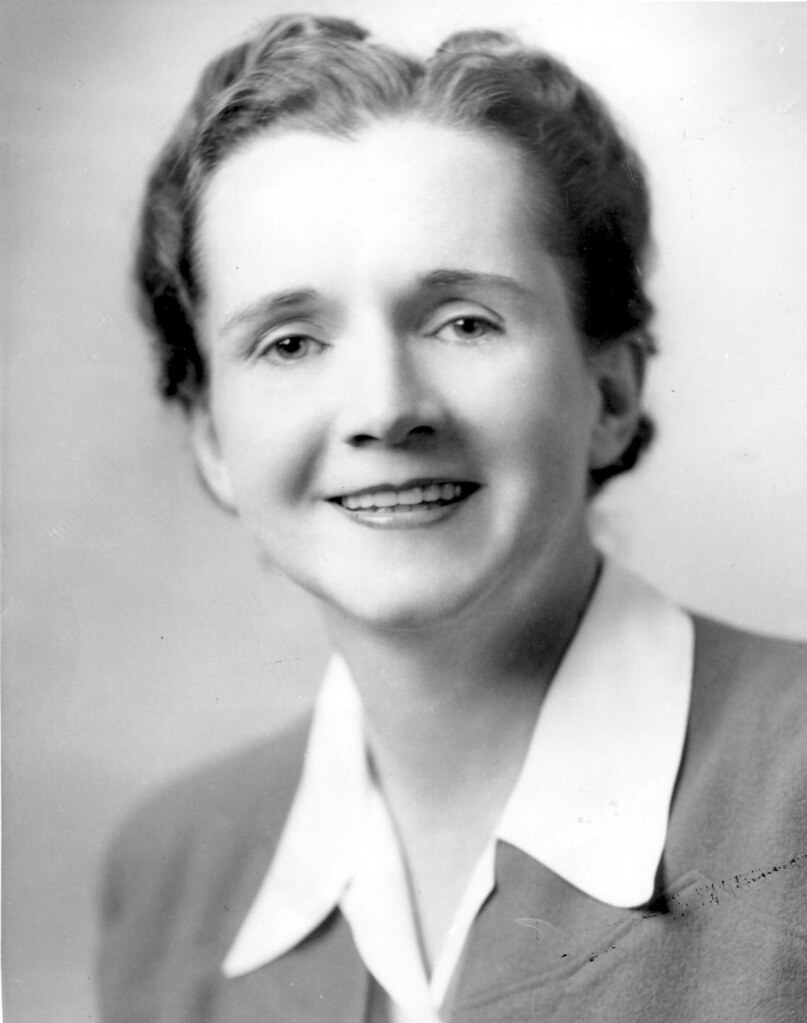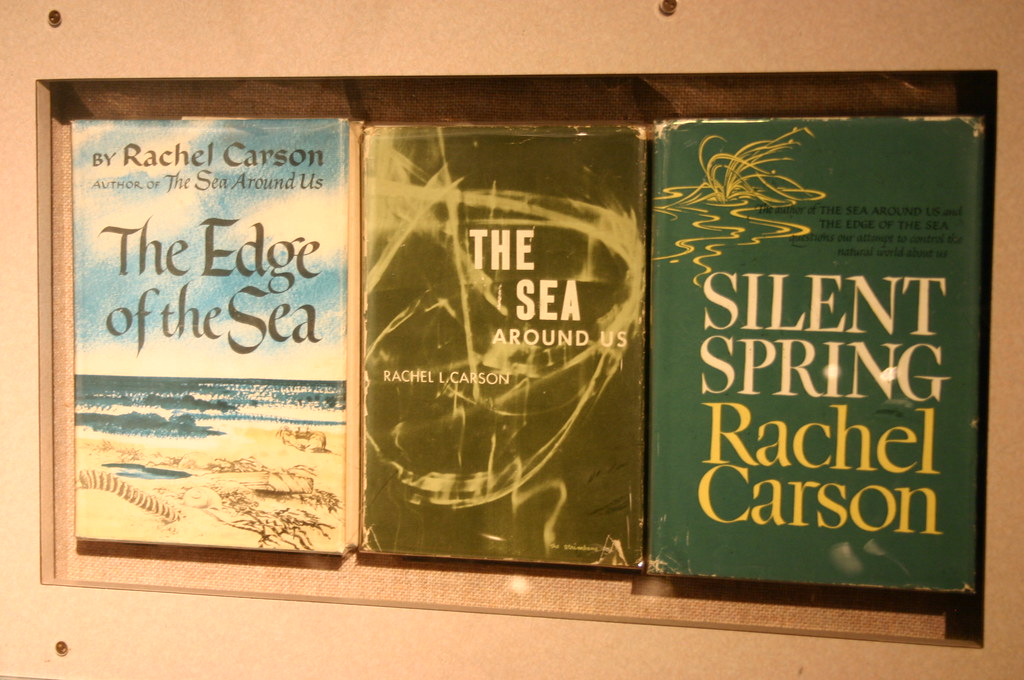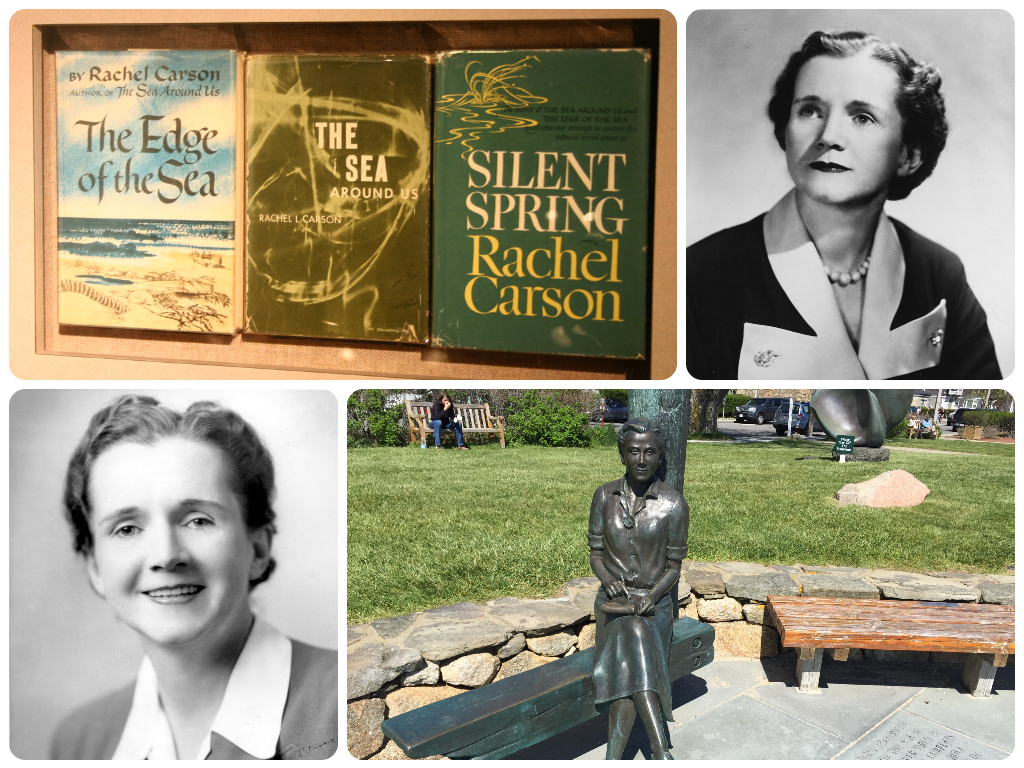Carson began her career as an aquatic biologist in the U.S. Bureau of Fisheries, and became a full-time nature writer in the 1950s. Her widely praised 1951 bestseller The Sea Around Us won her a U.S. National Book Award, recognition as a gifted writer and financial security. Her next book, The Edge of the Sea, and the reissued version of her first book, Under the Sea Wind, were also bestsellers. This sea trilogy explores the whole of ocean life from the shores to the depths.

In 1936 Carson took a position as aquatic biologist with the U.S. Bureau of Fisheries (from 1940 the U.S. Fish and Wildlife Service), where she remained until 1952, the last three years as editor in chief of the service’s publications. An article in The Atlantic Monthly in 1937 served as the basis for her first book, Under the Sea-Wind, published in 1941. It was widely praised, as were all her books, for its remarkable combination of scientific accuracy and thoroughness with an elegant and lyrical prose style. The Sea Around Us (1951) became a national best seller, won a National Book Award, and was eventually translated into 30 languages. Her third book, The Edge of the Sea, was published in 1955.

Late in the 1950s, Carson turned her attention to conservation, especially some problems she believed were caused by synthetic pesticides. The result was the book Silent Spring (1962), which brought environmental concerns to an unprecedented share of the American people. Although Silent Spring was met with fierce opposition by chemical companies, it spurred a reversal in national pesticide policy, which led to a nationwide ban on DDT and other pesticides. It also inspired a grassroots environmental movement that led to the creation of the U.S. Environmental Protection Agency. Carson was posthumously awarded the Presidential Medal of Freedom by President Jimmy Carter.
According to en.wikipedia.org; britannica.com. Source of photos: internet




![[HONORARY PROFESSOR OF RECORD FOR PRACTICE AND EMPIRICAL RESULTS – 2024] RECORD HOLDER CHU BAO QUE (BAC GIANG PROVINCE, VIETNAM)](https://uskings.us/wp-content/uploads/2024/05/IMG_0386-218x150.jpg)



